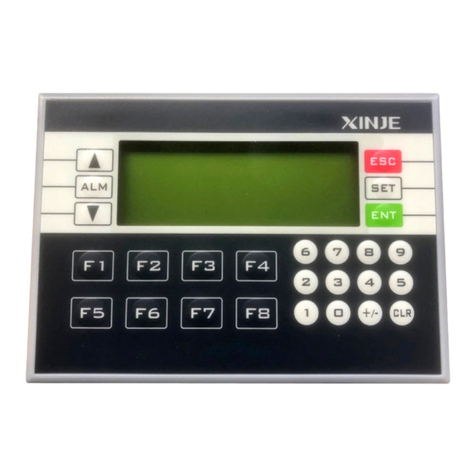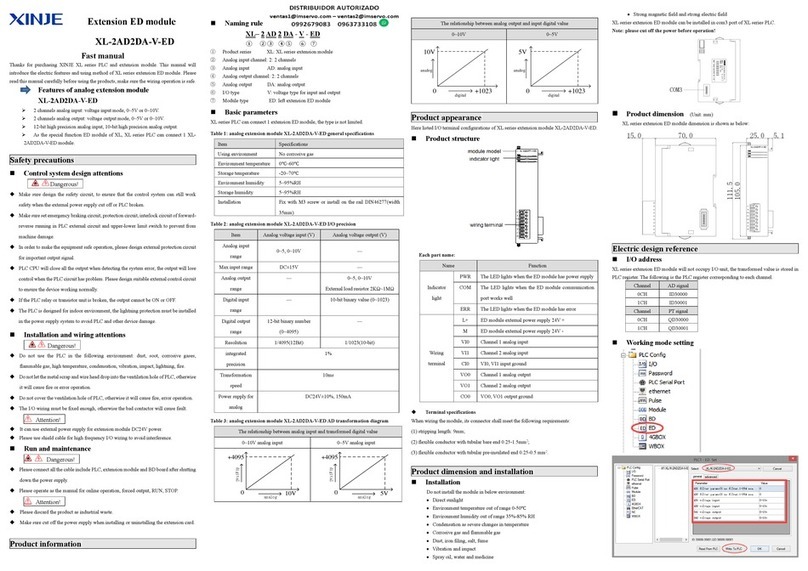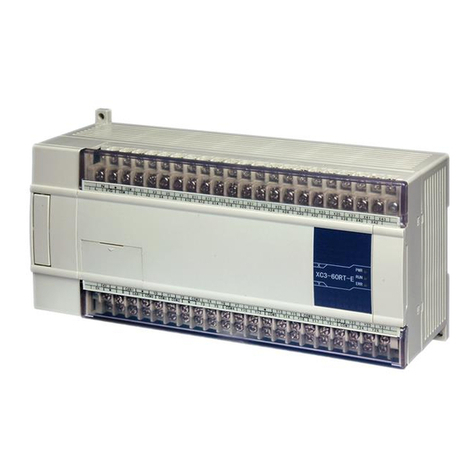3
Catalog
1 PROGRAMMING SUMMARY.................................................................................................9
1-1.PLC FEATURES ............................................................................................................................9
1-2.PROGRAMMING LANGUAGE.......................................................................................................10
1-2-1
.
Type ...................................................................................................................................10
1-2-2
.
Alternation.........................................................................................................................10
1-3
.
Programming mode............................................................................................................... 11
2 SOFT COMPONENT FUNCTION..........................................................................................12
2-1.SUMMARY OF THE SOFT COMPONENTS ......................................................................................12
2-2.STRUCTURE OF SOFT COMPONENTS...........................................................................................15
2-2-1
.
Structure of Memory ..........................................................................................................15
2-2-2
.
Structure of Bit Soft Components.......................................................................................17
2-3.SOFT COMPONENTS LIST ...........................................................................................................18
2-3-1
.
Soft Components List .........................................................................................................18
2-4.INPUT/OUTPUT RELAYS (X, Y) ...................................................................................................35
2-5.AUXILIARY RELAY (M, HM, SM) ..............................................................................................37
2-6.STATUS RELAY (S, HS)...............................................................................................................38
2-7.TIMER (T, HT) ...........................................................................................................................39
2-8.COUNTER ( C, HC )....................................................................................................................43
2-9.DATA REGISTER (D, HD)............................................................................................................48
2-9-1
.
Word consist of bits............................................................................................................51
2-9-2
.
Offset application ..............................................................................................................52
2-10.FLASH REGISTER (FD, SFD, FS) ..............................................................................................53
2-11.CONSTANT ...............................................................................................................................54
2-12.PROGRAMMING PRINCIPLE.......................................................................................................55
3 BASIC PROGRAM INSTRUCTIONS....................................................................................59
3-1.BASIC INSTRUCTIONS LIST.........................................................................................................59
3-2. [LD] , [LDI] , [OUT] ...................................................................................................................61
3-3. [AND] , [ANI].............................................................................................................................62
3-4. [OR] , [ORI] ................................................................................................................................63
3-5. [LDP] , [LDF] , [ANDP] , [ANDF] , [ORP] , [ORF]....................................................................64
3-6. [LDD] , [LDDI] , [ANDD] , [ANDDI] , [ORD] , [ORDI],[OUTD] ..........................................65
3-7. [ORB]..........................................................................................................................................66
3-8. [ANB]..........................................................................................................................................67
3-9. [MCS] , [MCR] ...........................................................................................................................68
3-10. [ALT].........................................................................................................................................69
3-11. [PLS] , [PLF] .............................................................................................................................70
3-12. [SET], [RST] .............................................................................................................................71
3-13.【 CNT】【 CNT_D】【 DCNT】【 DCNT_D】【 RST】FOR THE COUNTERS..............................72
3-14. [TMR], [TMR-A] FOR TIMERS...................................................................................................74
3-15. [END]........................................................................................................................................74

































